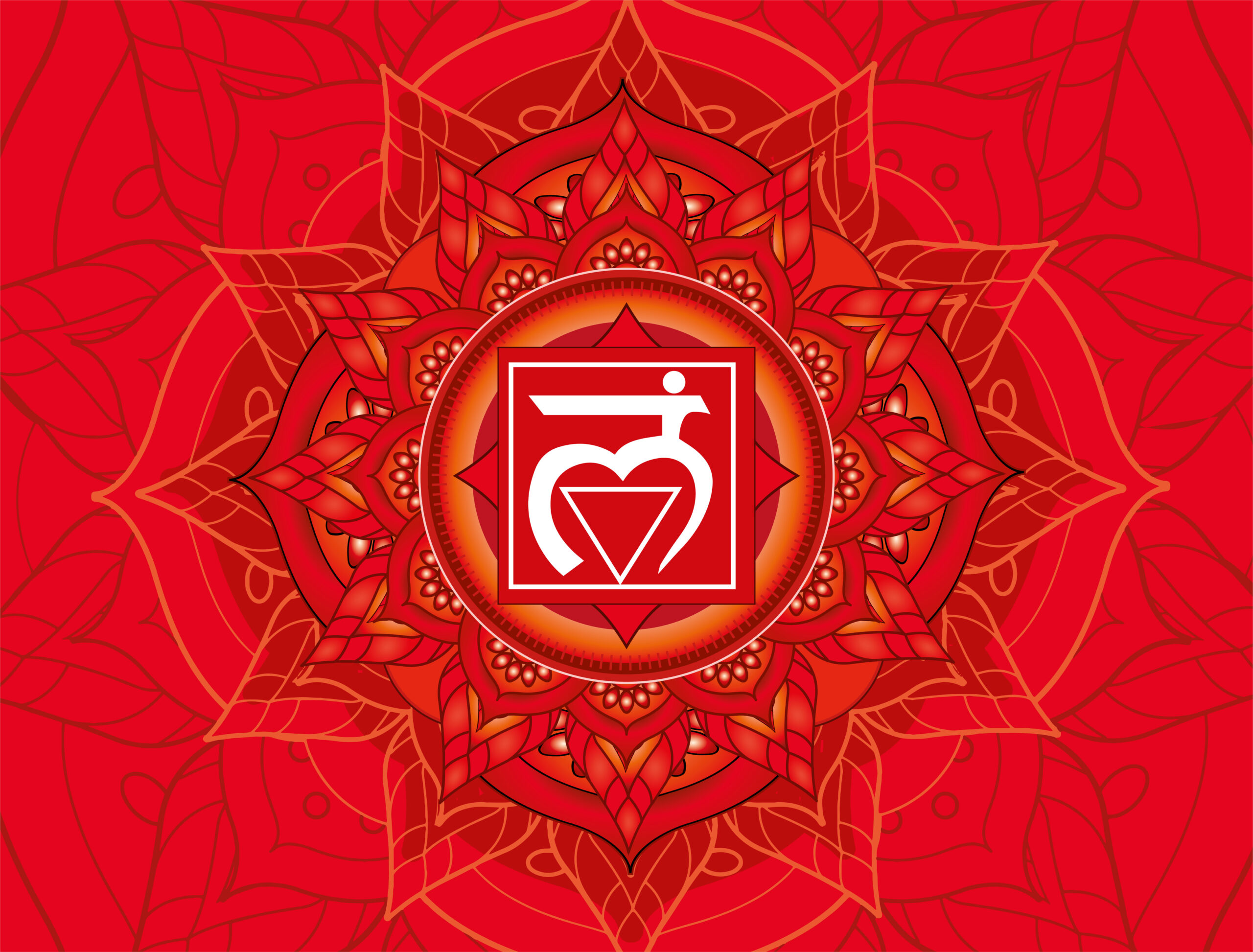Burnout is the result of cumulative physical, mental, and emotional exhaustion stemming from various aspects of life, including work and relationships. It doesn’t occur overnight but rather emerges as a consequence of a series of stress-inducing triggers or when you are not able to manage everyday demands. Because burnout is a gradual process, embarking on the path to recovery from burnout requires patience and a deep understanding of oneself.
Unfortunately, if you think burnout is simply limited to work, it is not the case. Emotional exhaustion can be caused by numerous aspects of our lives that are beyond the workplace. Before delving into ways to recover from burnout, let’s explore some of the common types of burnout.
Work-related Burnout
If you are facing burnout at your job, you are not alone. Work-related burnout is one of the most common challenges faced by professionals. Over the last few years, particularly post-COVID, has dramatically increased burnout rates across the globe. New research by Future Forum reveals that workplace-related burnout reached an all-time high since the spring of 2021. In fact, among 10,243 full-time office workers surveyed across six countries, including the United States and the United Kingdom, more than 40% reported experiencing burnout.
What does work-related burnout feel like?
- You are overworked and not sure where to begin and end your work
- You drag yourself to work, literally
- You have recently been overly cynical or critical of your colleagues or work
- You want to quit your work right away, almost every day
- You lack control and clarity of work
Relationship Burnout
Relationship burnout is common for difficult or conflicting relationships. If you have been trying to save your relationship by bringing dramatic shifts in your lifestyle or compromising on your needs, you are on your road to relationship burnout. The longer you ignore your own needs over others, the sooner you move towards burnout. Relationship burnout often involves investing considerable emotional and mental energy in the hope of salvaging a troubled relationship.
What does relationship burnout feel like?
- You are emotionally exhausted
- You feel more detached with your partner than in the past
- You dread spending time with your partner
- You often daydream of ending the relationship
- You don’t feel valued
Creative Burnout
Creative burnout, frequently referred to as creative block, is a common challenge encountered by writers, dancers, artists, and anyone involved in creative endeavors. It’s entirely normal for one’s creative juices to ebb and flow, influenced by factors like stress, sleep deprivation, or an overload of work. In many cases, a creative block can be easily overcome with some straightforward interventions. However, if this state of creative stagnation persists and intensifies, it might serve as an indication that you should consider taking proactive measures to address it.
What does creative burnout feel like?
- You struggle with basic work
- You begin doubting your capabilities and make unhealthy comparisons
- You are always exhausted
- You feel stuck and uninspired
Lifestyle Burnout
Lifestyle burnout is like feeling stretched too thin. It happens when you work too much, and have minimal or no time for social connections or relaxation. No matter if you’re a homemaker, student, or working professional, when you shoulder more responsibilities than you can handle without any help, you’re contributing to your own burnout.
What does lifestyle burnout feel like?
- You have more bad days than good ones
- You are emotionally, mentally, or physically exhausted all the time
- You spend most of your time on tasks that are mind-numbing or overwhelming
- You feel you are a failure
- You lack motivation
- You withdraw from friends and family
What Causes Burnout
But why do we have burnout in the first place? Burnout is often the result of consistent exploitation of our efforts, and experiencing the dramatic difference between our expectations and reality on a consistent basis. Let’s look at the persistent causes of burnout.
Paramount Efforts
We often tend to put extraordinary efforts to make our work assignment a success or resolve a fight with our partner. These physical, emotional, and mental effort is necessary to manage some dire or difficult situation. However, suppose the pattern of constantly pushing yourself beyond your limits becomes a daily agenda. In that case, it can lead to a sense of overwhelm, especially when facing complex or, at times, seemingly insurmountable challenges.
It’s essential to recognize that going above and beyond is commendable, but an unrelenting commitment to such efforts can take a toll on your well-being and ultimately lead to burnout.
Lack of Control
We often find solace in the sense of control. Anything that seems unpredictable can be scary, and more so if the stakes are higher. But what if you live in a perpetual state of lack of control? Persistent uncertainty of not knowing if your efforts will bring any shift in future possibilities can be a surefire path to burnout. For example, constantly grappling with shifting deadlines, unclear expectations, and an uncooperative team at work can become a constant source of stress, and it may eventually lead to burnout. Similarly, facing unexpected health issues or financial instability in your personal life can lead to feelings of helplessness and, over time, a profound sense of burnout.
Expectations vs. Reality
When the rewards, both external and internal, that you receive from your job don’t align with the level of effort and time you invest, it can lead you to believe that the investment isn’t yielding a worthwhile return. This misalignment between expectations and reality, often referred to as a “reward gap,” can be a significant contributor to burnout. The more pronounced this gap, the greater the sense of frustration and disillusionment, ultimately heightening the risk of burnout.
How to Recover from Burnout
Mindfulness
Since burnout is primarily caused by an overload of physical, mental, or emotional effort involved, one of the easiest solutions to deal with it is to be a little more efficient in everything you do, with a sense of dispassion. Achieving this is attainable through the practice of mindfulness. By remaining fully present in each moment, you can significantly increase your efficiency without worrying about success or failure. Begin with some simple mindfulness exercises, and you will be surprised by how easily you recover from burnout.
Slow Down
Slowing down is not just a luxury but a necessity when it comes to recovering from burnout. Go on easy with your targets, and give yourself a much-needed break. Go out for a movie, spend time with a friend, take a few days off, or go on for a holiday. Choose what works for you in order to pause, breathe, reflect, and recalibrate your priorities. Do not push yourself to do it all. Rather, set your priorities and focus on things that are an absolute must while you recover from burnout. For the rest, take them on when you regain your physical and mental well-being.
Redirect Your Attention to Your Physical Well-Being
Your physical well-being has a paramount impact on your emotional and mental well-being. Research shows that when you are not able to manage emotional distress, enhancing your physical health can transform your mental state of being. For example, if you are not able to deal with anxiety, focus on your gut health instead. A nourishing, high-fiber diet that leads to a better gut also reduces stress and anxiety!
Incorporating exercise into your burnout recovery plan is also essential, but it doesn’t necessitate extended gym sessions. Add simple body movements, either in the form of easy, comfortable exercises, dance, or a long walk to clear your head and reduce burnout.
Finally, don’t miss opting for healthy food choices. Add high vibrational food, including fresh salads, fruits, and nuts to your diet. By making these dietary changes, you’re taking a proactive step towards rejuvenation and enhancing your resilience against burnout.
Embrace Self Love
Be compassionate with yourself, and practice simple acts of self-love. Give yourself a compliment, smile more often, engage in your hobbies, and prioritize your happiness and peace over others. By recognizing your own worth and nurturing a positive self-image, you can bolster your emotional resilience and protect against the insidious effects of burnout. Self-love is a vital reminder that taking care of your well-being is not a selfish act but an essential one.
Set Boundaries and Practice Effective Communication
Do not overload yourself with personal and professional expectations. Set boundaries in terms of what you should and should not do and communicate the same assertively. Adopt a healthy work-life balance and learn to say no when required to effectively manage your workload and prevent it from spiraling into burnout.
Furthermore, in all your relationships, whether personal or professional, it’s crucial to ensure that you don’t lose sight of your identity and self-worth. While it’s commendable to practice empathy and support for others, it’s equally vital to establish those same principles for yourself. This balanced approach will help you cope with stress, foster self-care, and ultimately manage burnout by maintaining a strong, grounded sense of self.
Surround Yourself with Positivity and Support
During times of burnout, be selective about the company you keep. People who consistently focus on negativity and foresee potential problems might not be the best companions during your recovery journey. Instead, choose your social circle wisely by engaging with friends who can provide encouragement and support as you work to overcome burnout. Steer clear of stressful individuals and circumstances that may exacerbate your stress levels and, instead, gravitate towards those who uplift your spirits and nurture your well-being.
Visualization
Visualization can be a powerful tool in the process of recovering from burnout. By creating vivid mental images of positive scenarios and desired outcomes, individuals can tap into their subconscious mind’s potential for healing and motivation. Visualization techniques involve imagining oneself in a peaceful, stress-free environment or envisioning successful outcomes in various aspects of life. This mental rehearsal not only provides a momentary escape from the overwhelming feelings of burnout but also instills a sense of hope and optimism. Through regular practice, visualization can help reduce anxiety, enhance self-confidence, and foster a positive mindset, all of which are instrumental in overcoming burnout and regaining a sense of balance and well-being.
Seek support
You don’t have to deal with burnout alone. Talk to a trustworthy friend or share your helplessness with a therapist. Speaking to a therapist is especially important if you find yourself grappling with a profound sense of hopelessness, a persistently low mood, or thoughts of self-harm or harm to others.
Journaling
One of the incredible ways to get past your stress and burnout is by penning it all down in a journal. Journaling can initially seem daunting, particularly for those unaccustomed to it. However, all you need to do for healing is to write down all your thoughts to help you process your emotions.
Journaling can also help you track patterns and triggers of burnout, helping you to prevent them in the future. As you continue to journal, you may find that it helps alleviate stress, enhances self-awareness, and ultimately supports your journey toward recovering from burnout.
How to Prevent Burnout
Why deal with burnout when you can prevent it? Try some of these simple measures to avoid facing burnout in the first place.
Detect Early Signs and Prioritize action
One of the first steps in preventing burnout is to become attuned to the early signs. By paying close attention to your own triggers and recognizing patterns, you can intercept burnout before it escalates. Prioritizing action when these signs emerge enables you to address the issue head-on and implement solutions to mitigate its impact.
Align goals short-term and long-term
To prevent burnout, it’s essential to ensure that your short-term and long-term goals align harmoniously. A clear and consistent alignment between your immediate objectives and your broader life vision can help you maintain motivation and a sense of purpose. It also lessens the likelihood of feeling overwhelmed by a disconnect between your daily actions and your long-term aspirations.
Practice detachment
Incorporate the practice of detachment into your daily life. This involves learning to let go of the stressors and concerns that you cannot control. By focusing your energy on things within your sphere of influence and releasing unnecessary worries, you create a buffer against burnout. This approach allows you to engage with challenges from a more balanced and less emotionally taxing perspective.
Spend time with yourself
Amid the demands of daily life, it’s easy to neglect your own needs. Preventing burnout requires carving out regular moments for yourself. Whether it’s through self-reflection, hobbies, or simply enjoying solitude, these periods of self-time are crucial for recharging and maintaining your emotional well-being. By nurturing a strong connection with yourself, you build resilience against the potential stressors that could lead to burnout.
















